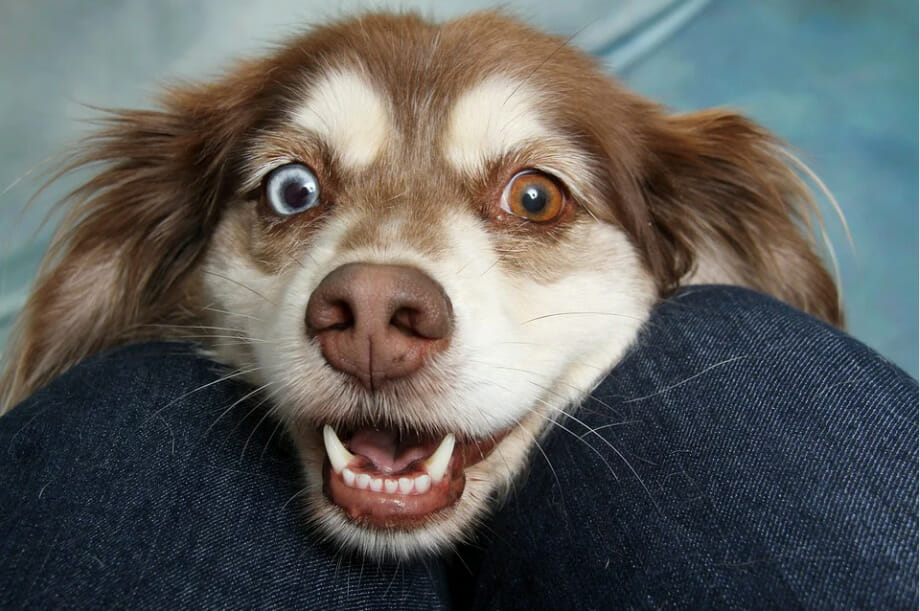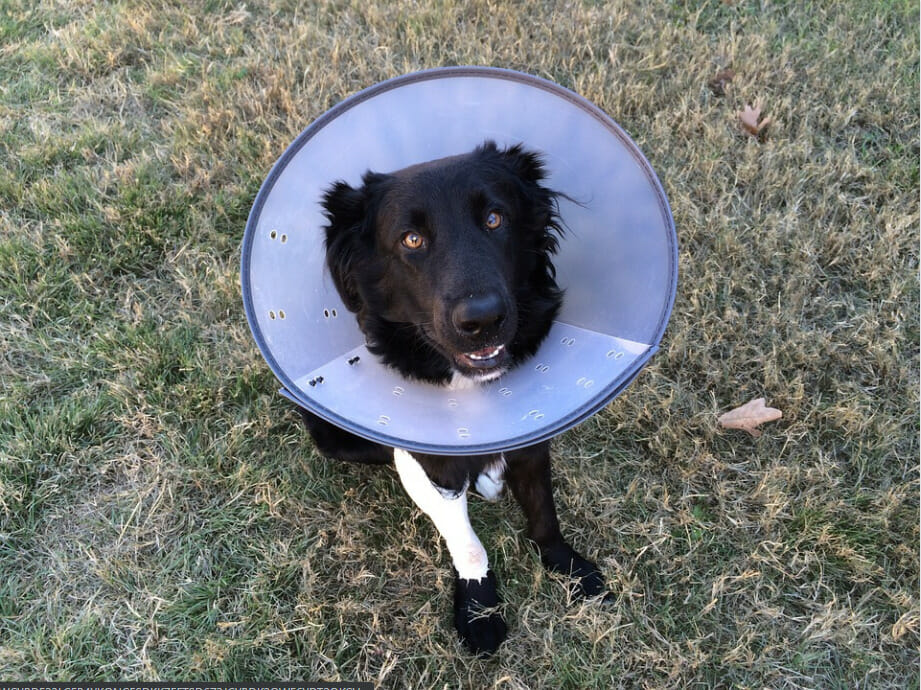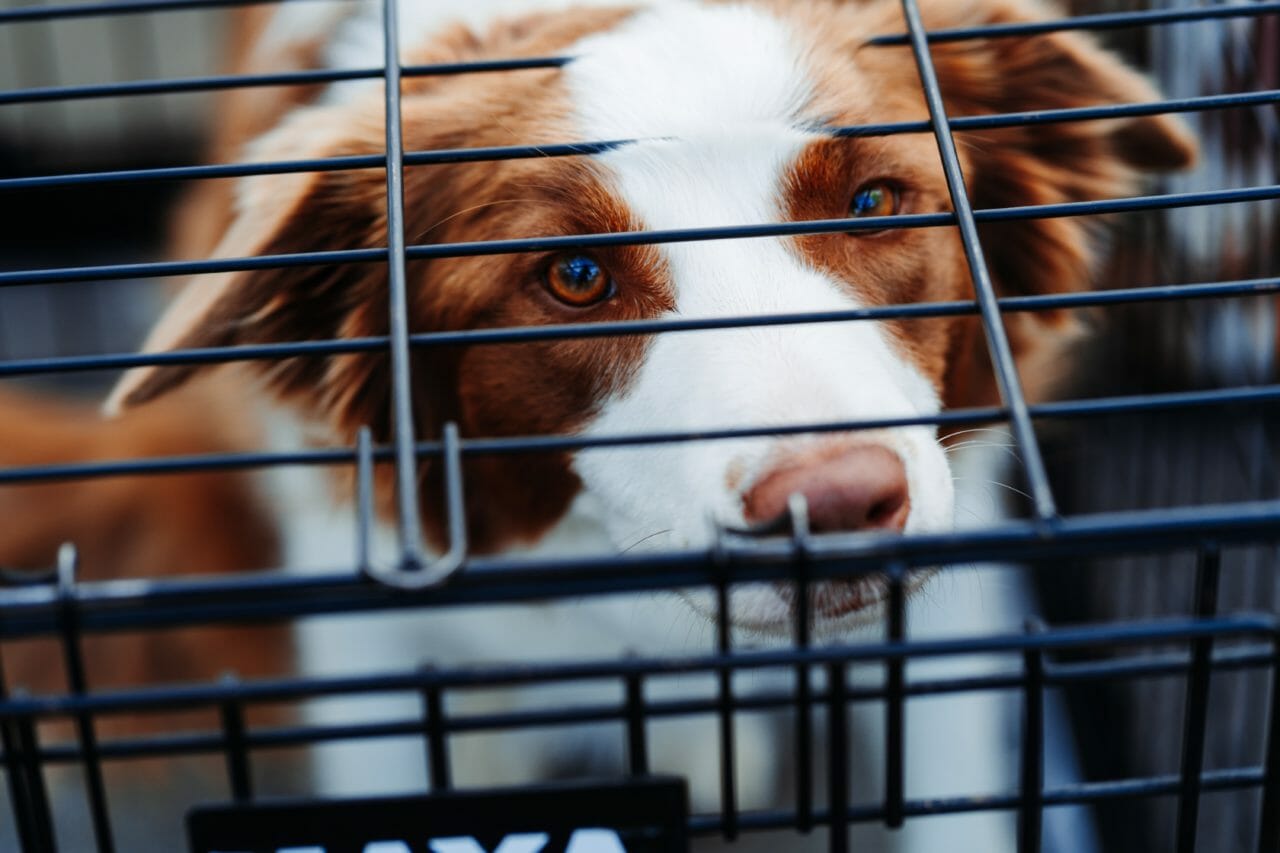Keeping your dog’s eyes in tip-top shape should be a priority
While dogs are known for their keen sense of smell and hearing, their vision is also very important.
If you’re a dog owner, then you’ve probably seen your dog’s eyes tear up from time to time and picked out the goop that can sit in their eyes. While this can be irritating and uncomfortable for your dog, it’s usually nothing to worry about.
However, dogs can form eyelid cysts, which need to be treated properly to avoid any long-term damage.
The experts at RehabPet.com have put together a complete guide on cysts that can form on your dog’s eyelids. The guide has everything you need to know about eyelid cysts, so let’s dive in.
What Is a Dog Eyelid Cyst?
A dog eyelid cyst is a small, round lump that can form on the edge of your dog’s eyelid. These cysts are also known as chalazions and form when your dog’s meibomian glands become blocked. Chalazions are more common in older dogs because as they age, these glands can start to deteriorate which leads to the blockage.
These glands are important as they produce oil that can keep your dog’s eyes moist. The oil is known as sebum and prevents your dog’s tears from evaporating too quickly. These tears protect their eyes from things like dust or other debris from sitting in your dog’s eyes.
As was mentioned above, when the meibomian glands become clogged, oil can build up in the eye and develop into chalazion cysts over time.
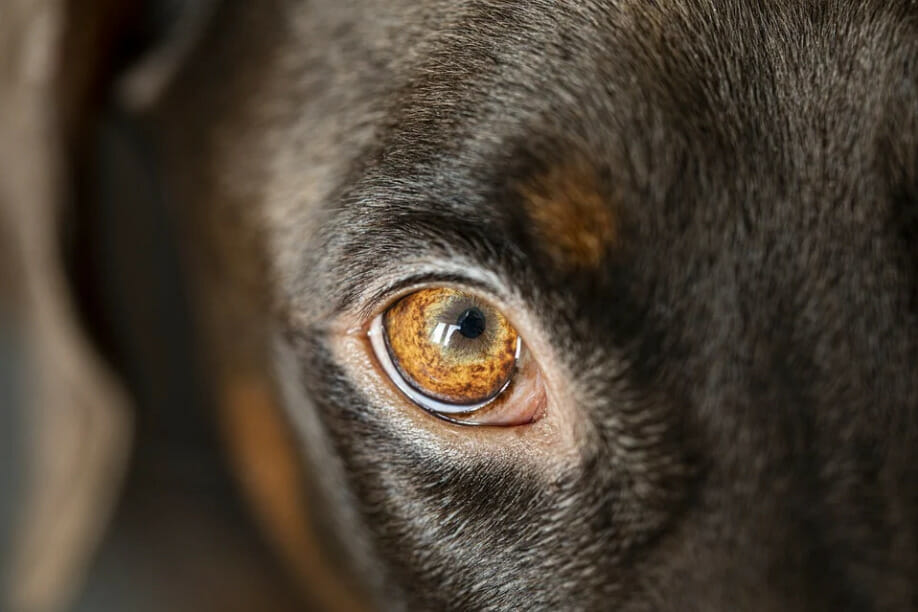
What Causes an Eyelid Cyst To Form on a Dog?
There are a few different things that can cause dog eyelid cysts to form. One of the main causes is blockage of the meibomian glands.
These blockages can be caused by a number of things, including:
Excess Dirt or Debris in the Eye
When your dog runs or plays in places like the beach or on hiking trails, there’s a greater chance that they’ll come home with some dirt or debris in their eyes. If this isn’t cleaned out properly, it can cause the meibomian glands to become blocked and lead to an eyelid cyst.
Allergies
Dogs can have allergies just like humans, and these can also play a role in the formation of chalazions. If your dog is allergic to something in their environment, it can cause their eyes to tear up more frequently.
The constant tearing can lead to dirt and debris build-up which then leads to the blockage of the meibomian glands and eventually an eyelid cyst.
Bacterial Infection
A dog eyelid cyst can result from a bacterial infection. This is more likely to happen if your dog has an existing eye condition such as conjunctivitis.
Bacteria can spread and lead to an infection of the meibomian glands which then causes the blockage and formation of a chalazion.
Abnormal Tissue Growth
In even rarer cases, a dog eyelid cyst can be caused by abnormal tissue growth. This is most likely to happen in senior dogs as they age and their meibomian glands start to deteriorate.
The abnormal tissue growth can block the gland and cause a chalazion to form.
Trauma
While it’s not as common, a dog eyelid cyst can form if your dog experiences trauma to their eye.
If your dog has run into a branch or has been hit by a ball, such trauma can cause the meibomian glands to become blocked and eventually lead to an eyelid cyst.
What Are the Symptoms of an Eyelid Cyst in Dogs?
Now that we know what dog eyelid cysts are and what can cause them, let’s take a look at some of the symptoms so you can be on the lookout for them.
The most common symptom you’ll see with dog eyelid cysts is that your dog’s eye will start to water more than usual. This is because the cyst is blocking the tear duct which doesn’t allow the tears to drain properly.
In addition, you might see your dog paw at their eye or blink excessively as they try to get rid of the irritant. The cyst can also change the appearance of your dog’s eye and make it look sunken in.
Other symptoms include:
- A mass on the eyelid that will usually be yellowish in color
- Inflamed eyelids or reddish eyes
- Discharge coming from the eyes
- Swelling in and around the eyes
- Excess amount of squinting
How To Diagnose an Eyelid Cyst?
If you notice any of the symptoms we just listed, it’s important to take your dog to the vet right away. They’ll be able to properly diagnose the condition and rule out any other possible eye conditions.
The vet will start by doing a physical examination of your dog’s eyes and looking for any obvious signs of a dog eyelid cyst.
Another common practice is a Schirmer tear test. This test measures the amount of tears your dog produces in a minute and can help diagnose conditions like dog eyelid cysts.
The vet might also do a fluorescein staining, which involves putting a fluorescent dye in your dog’s eye. This will help them see any damage to the cornea and rule out other possible eye conditions.
In some cases, the vet might need to do a biopsy if they’re not sure whether it’s a dog eyelid cyst or something else. While most vets will be able to tell if your dog is dealing with chalazion based on a physical exam, a biopsy will provide a definitive diagnosis.
How Is a Dog Eyelid Cyst Treated?
The good news is that dog eyelid cysts are relatively easy to treat and usually go away on their own.
The vet will likely prescribe some eye drops or ointments to help with the symptoms and make your dog more comfortable. If the dog’s eyelid cyst doesn’t go away on its own or keeps coming back, the vet might need to do minor surgery to remove it. This is usually a quick and easy procedure with little to no pain for your dog.
The most important thing is to catch the dog’s eyelid cyst early and get it treated before it leads to more serious problems like scratching your dog’s cornea.
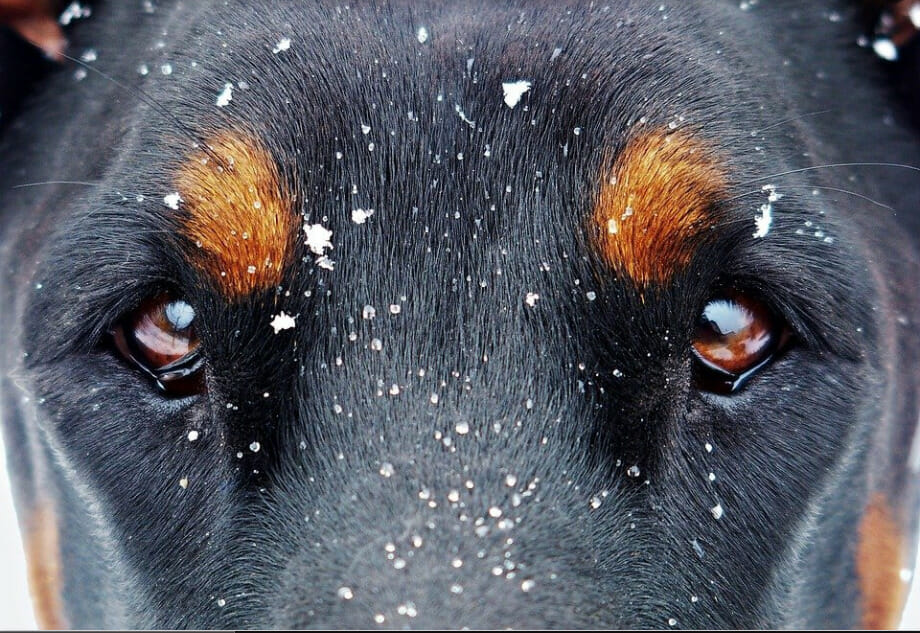
How To Help Your Dog Recover From an Eyelid Cyst
After your dog has been treated for a dog eyelid cyst, there are some things you can do at home to help them recover.
As we mentioned before, the vet will likely prescribe some eye drops or ointments. It’s important that you use these as directed and don’t skip any doses. Be aware that there may be blood in your dog’s tears following the surgery and this is a normal part of the healing process.
Other methods to help your dog recover include:
- Using a warm cloth several times a day to help reduce the inflammation
- Inspect their eye every day and look for any signs of infection
- Make sure they’re getting plenty of rest
- Give them a little bit extra love and attention during this time dog eyelid cyst is a common
You should also keep an eye on your dog’s activity level and make sure they’re not doing anything too strenuous. Just let your pup take it easy for a little while as they recover.
How To Prevent Eyelid Cysts From Forming in Your Dog
There are some things you can do to help prevent dog eyelid cysts from forming in the first place.
One of the most important things is to keep your dog’s eyes clean. Regularly wiping their eyes with a damp cloth can help remove any dirt, debris, or buildup that could lead to a dog eyelid cyst.
You should also make sure they’re getting all the necessary nutrients by feeding your pup high-quality dog food. A healthy diet can help keep their immune system strong and prevent any infections that could lead to an eyelid cyst.
Finally, if your dog has any allergies, make sure you’re managing them properly. Allergies can lead to inflammation and increase the risk of developing a dog eyelid cyst.
Closing Thoughts
Dog eyelid cysts are relatively common and usually aren’t anything to worry about. However, it’s important to get them treated early so they don’t lead to more serious problems.
If you think your dog might have a dog eyelid cyst, take them to the vet right away. Your vet should be able to diagnose the condition and provide the proper treatment. With a little bit of care, your dog will be on the mend in no time.
